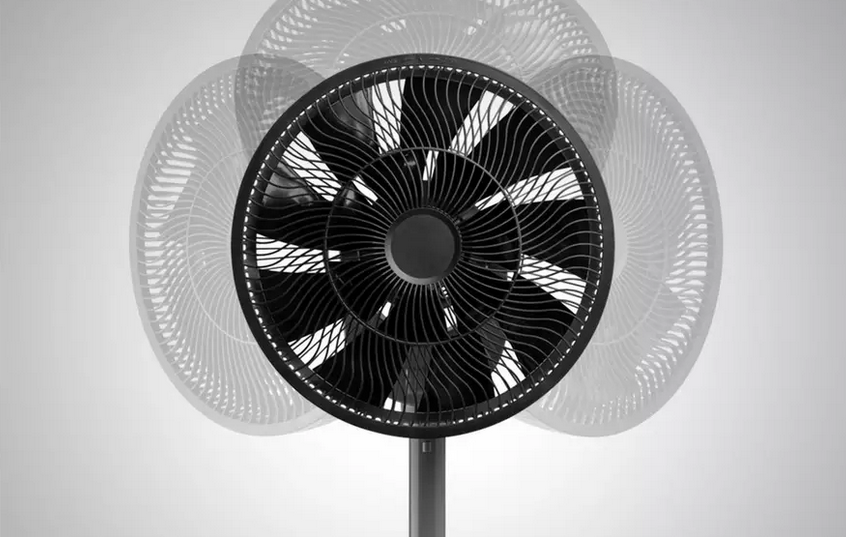
Fans are our trusty companions when it comes to hot weather and sleepless nights. They work wonders by circulating air to create a cooling effect. The only downside is that sometimes they can be a bit noisy which may disrupt our sleep. In this article, we look at why fans make noise and provide some tips to reduce this.
Firstly, a bit of noise is inevitable.
Before we begin, it is important to note that fans will still make some sort of sound when in operation due to the moving parts and the airflow created. Whilst we can choose fans with lower noise levels and find ways to reduce the noise, you are likely to always hear a slight hum still as the appliance operates which is completely normal.
To some this white noise may help them drift off, for others it’s a source of immense annoyance. When buying a fan, we recommend looking at the noise levels of the product before purchasing, this will usually be measured in decibels (DB). If you’re a light sleeper choosing one with lower DB rating may help, although a lower noise level may also mean reduced air circulation and power of the fan compared to noisier models.
Secure the stand to avoid sounds from the unit wobbling.
You may experience noisier operation if the unit is wobbling. This can happen when the stand or the pole is not slotted together correctly, meaning that as the fan rotates, and balance of the fan shifts, it wobbles the whole unit. It creates noise from the stand wobbling, but can also result in a louder sound from the airflow as the fan jolts slightly. Ensure always to have the fan stood level and balanced when in use.
Tighten the blades to prevent the rattling of parts.
Noise can also happen as a result of the blades rattling. If the blades are not secured tightly to the motor shaft of the fan, the movement as they spin can create a noticeable sound. To rectify this, ensure that the blades are tightened securely to the unit so that they spin with minimal noise. Many fans have a flat surface on the motor shaft to allow the screw a good contact surface to tighten against, make sure your fan blades are tightened correctly to this.
Fit the cover to reduce noises caused by misalignment.
Similarly to the fan blades, the safety cover over the fan can cause excess noise. The covers are usually cage-liked covers which protect the blades but also allow the air to flow out. If the cover is misaligned, it may be touching the blades. This means that when the blades turn, it hits the cover creating a noise. Similarly, if it is not aligned of fixed correctly, it may wobbly excessively which can also create a noise. You can resolve this by ensuring it is fitted securely following the instructions and using any visual markings on the unit.
Consider how the room size can impact noise.
The room the fan is situated in can also have an effect on how the sounds are perceived. If the fan is situated in a room with a large footprint, the fan will be trying to circulate a greater volume of air. In effect, this can create some turbulence which creates significantly more noise than the standard fan operation itself. On the other hand, in rooms with a higher ceiling, the fan is likely to seem quieter as it allows the noise to disperse. This means that we should consider the type of room the fan is in to minimise noise.
Conclusion
A slight noise is inevitable, but if there is an excessively loud noise you can ensure all parts are tight and secure to reduce the sound. If you’re looking to purchase a fan, we recommend checking the information on the noise level to give you an idea of what to expect.